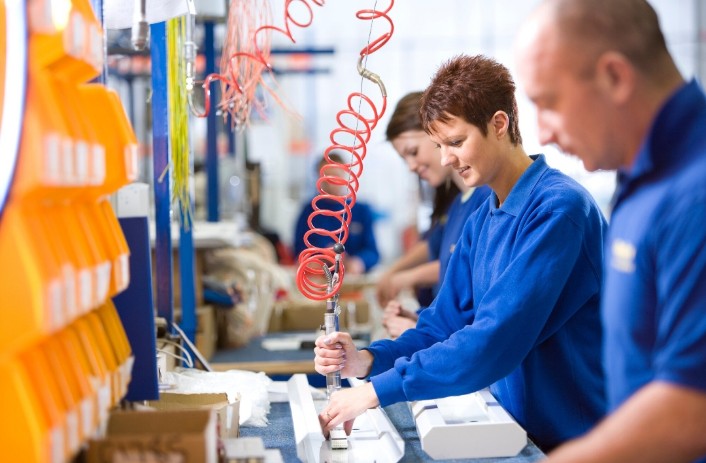Discrete manufacturing has been a key aspect of production for centuries. It involves the production of distinct items or products through a sequential manufacturing assembly process.
This type of manufacturing is also known as “assembly line” production. This is when each product is assembled manually. It can also be done with the help of tools and machines.
In this article, we will explore the evolution of discrete manufacturing. We will also tackle its impact on production processes, and the future of this industry.
So, read on!
Contents
Craftsmanship and Manual Labor
Before the Industrial Revolution, manufacturing was a labor-intensive process. Craftsmen used their skills and expertise to manually create products.
These skilled workers would typically work in small workshops or at home. They produce goods such as:
- textiles
- pottery
- furniture
The production process involved a high level of craftsmanship and attention to detail. It came with each product being individually crafted by hand.
Mechanization and the Industrial Revolution (Late 18th to Early 19th Century)
The Industrial Revolution brought about a significant change in the way goods were manufactured. Machines and new production processes were developed. It replaced manual labor with mechanized production.
This allowed for faster and more efficient production of goods on a larger scale. It led to the mass production of products. The assembly line became popular during this time. It came with workers specializing in specific tasks to streamline production.
Electrification and Mass Production (Late 19th to Early 20th Century)
The late 19th and early 20th century saw the rise of electrification in manufacturing. It then further revolutionized production processes. Electricity-powered machines allowed for increased speed and automation in production.
This also led to mass production on a larger scale. This resulted in lower costs and prices for products. Thus, making them more accessible to the general public.
With the emergence of new technology and processes, factories became larger and more specialized. The production process was further divided into smaller tasks. It came with each worker focusing on a specific part of the assembly line.
Computerization and CNC Machining (Mid to Late 20th Century)
In the mid to late 20th century, computers became an integral part of manufacturing. Computer Numerical Control (CNC) machines were introduced. It allowed for more precise and efficient production. This also reduced the need for manual labor and increased the speed and accuracy of production processes.
Moreover, process manufacturing software was developed. It started providing real-time monitoring and control of the production process. This allowed for better quality control and faster response to production issues.
Industry 4.0 and Smart Manufacturing (21st Century)
The 21st century has brought about yet another shift in the manufacturing industry. Both Industry 4.0 and Smart Manufacturing are being introduced. This concept involves the integration of advanced technologies into production processes. This includes:
- Internet of Things (IoT)
- cloud computing
- artificial intelligence
With smart manufacturing, machines can communicate with each other. They can make decisions without human intervention. This leads to:
- increased efficiency
- flexibility
- product process customization
Plus, with the new CDMO (Contract Development and Manufacturing Organization) model by providers like https://adesisinc.com/choosing-cdmo/, companies can outsource the entire production process to a third-party partner. This can further streamline the manufacturing process.
Explore The Evolution of Discrete Manufacturing
With these developments, it is safe to say that the future of discrete manufacturing looks promising. As we continue to evolve and embrace new technologies, we can expect to see even more efficient, flexible, and sustainable production processes in the years to come.
So, let’s continue exploring and staying ahead in the world of discrete manufacturing.
Visit our blog for more articles. We have more!

